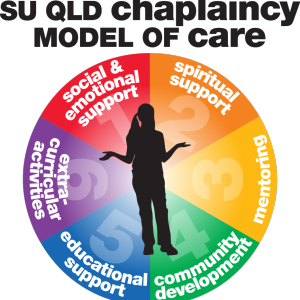Whether we like it or not, our choices and behaviours are influenced by people around us – not necessarily by everyone around us, but there are certainly people in our lives who shape us more than others. If we’re lucky, those who draw us in such ways will influence us in positive, not negative ways.
It starts at an early age. How often have you heard it said that children are like sponges or that young people need good influences. We are social animals, looking to others for clues on how we should conduct ourselves as we make our way through the world. We come across people whose behaviour we want to emulate; people we aspire to be like; people who provide us with inspiration, motivation and direction. Sometimes, we refer to such people as our ‘role models’.
Role models are particularly important for children and young people. In a child’s early years, their sponge-like personalities take in a lot from those around them, particularly their parents. As children move into their teenage years, their sources of influence broaden out to include their peers, although family remains a highly influential social unit (1). Adolescence is a time of identity formation and young people look to people outside the family to help them shape the people they are becoming. The presence of a caring adult outside the family who can serve as a role model or mentor to a young person has been shown to be a protective factor against a broad range of negative life outcomes including school disengagement, unemployment, drug use, criminal activity and violence. Young people with such an adult in their lives have been shown to demonstrate increased self-esteem, resilience and mental health (2). Interestingly, when young people are asked who their role models are only a small percentage identify famous people, instead their role models are their parents, other family members or people they come across in their everyday lives (3).
School chaplains are such people. Almost by definition, a chaplain is an adult who takes an active interest in children and young people, trying to influence them in positive ways through providing inspiration, motivation and direction. One of their six direct-practice role areas is ‘Mentoring and Role Modelling’. Through this aspect of their role they not only provide a good example themselves, living out positive values and providing guidance on general life issues, but they also create opportunities for school-based peers and community-based adults to be good role models for students. While there are many valuable things that school chaplains do, it is this aspect of their role that is perhaps the most beneficial of all.
Reference List
- Australian Research Alliance for Children and Youth. (2012). The Nest Consultation Report. Canberra: Australian Research Alliance for Children and Youth.
- Hurd, N. M., Zimmerman, M. A and Xue, Y. (2009). ‘Negative adult influences and the protective effects of role models: A study with urban adolescents’. Journal of Youth and Adolescence, 38 (6), pp777-789.
- Bryant, A.L. & Zimmerman M. A. (2003). ‘Role models and psychosocial outcomes among African American adolescents’. Journal of Adolescent Research. 18, pp36–67
